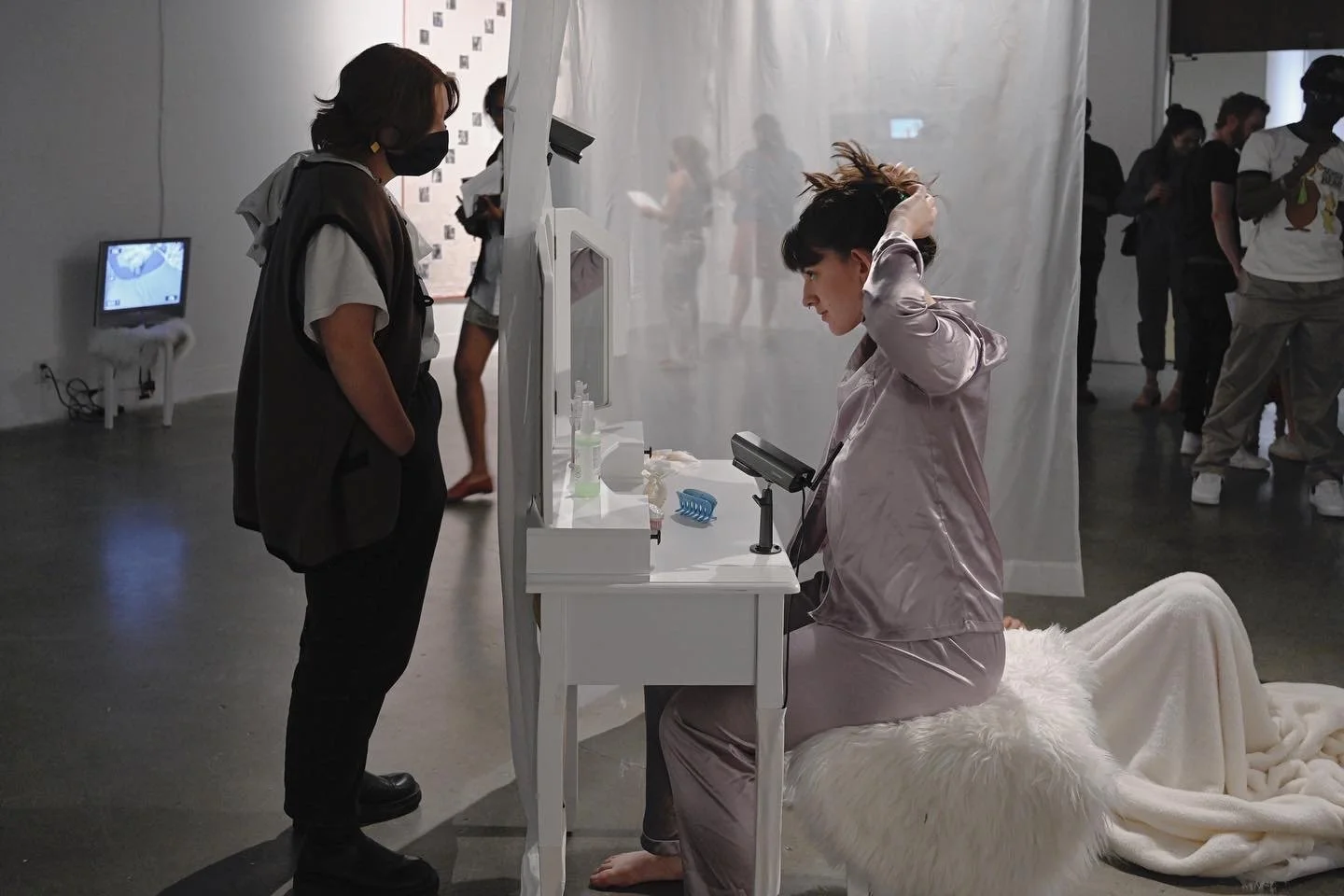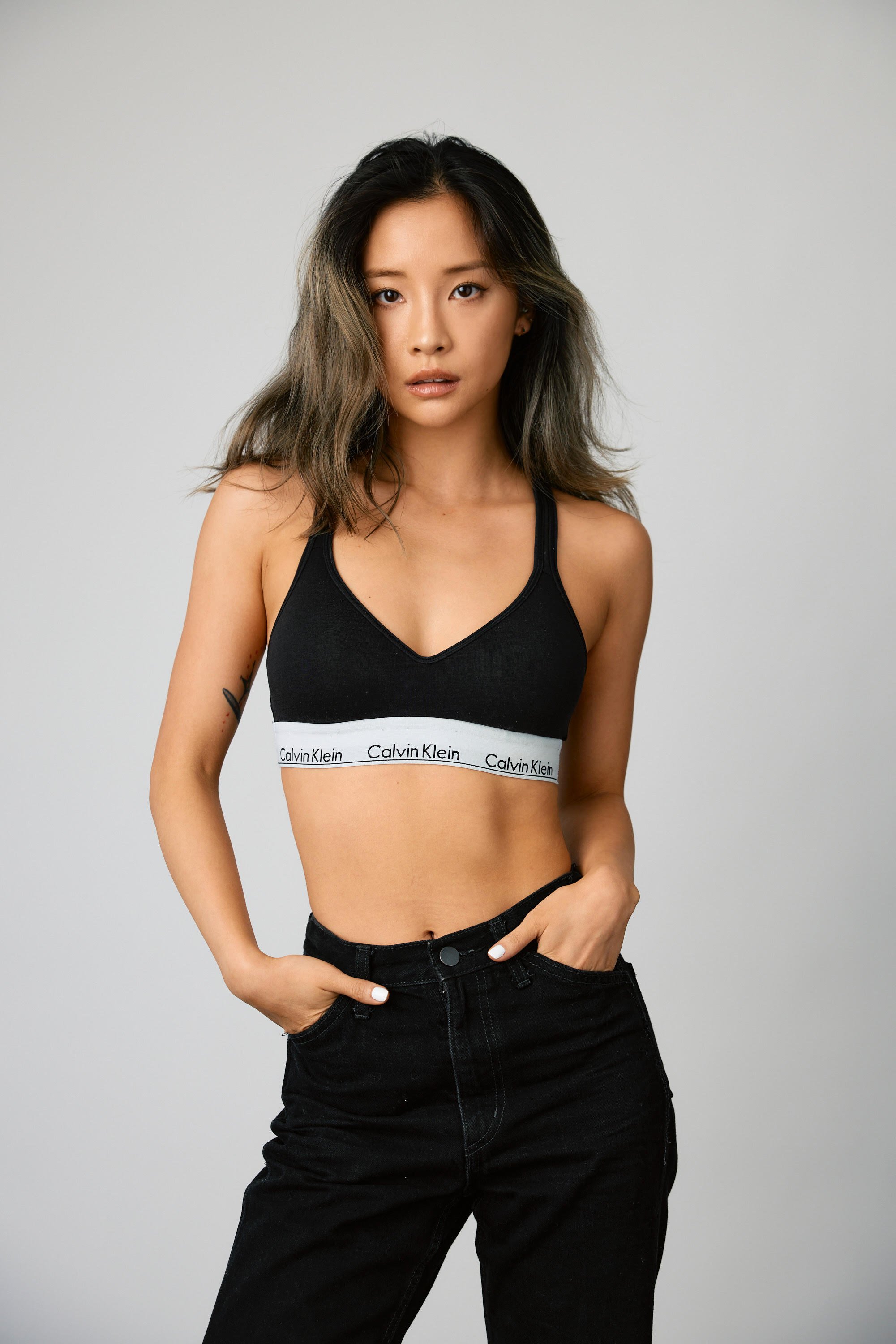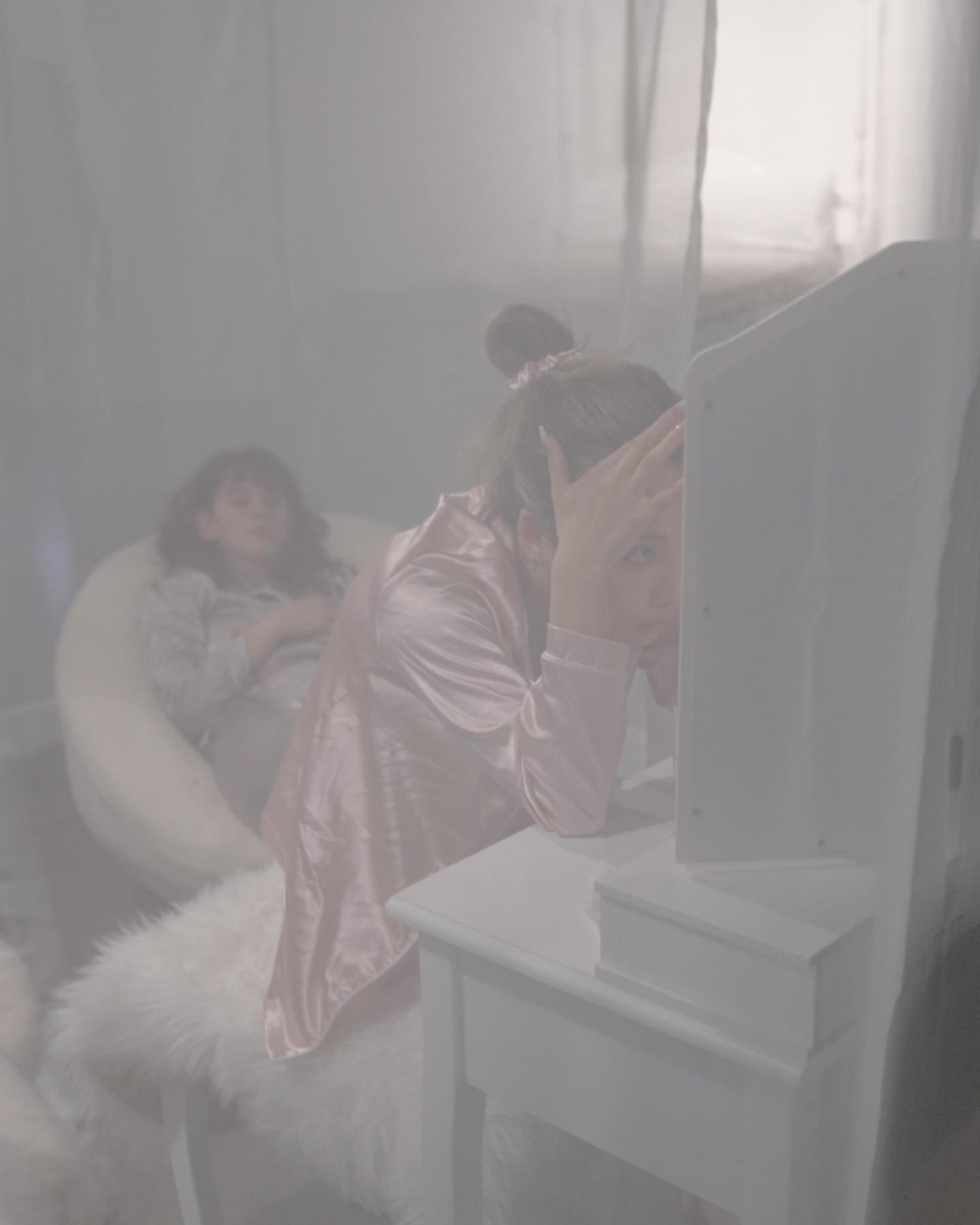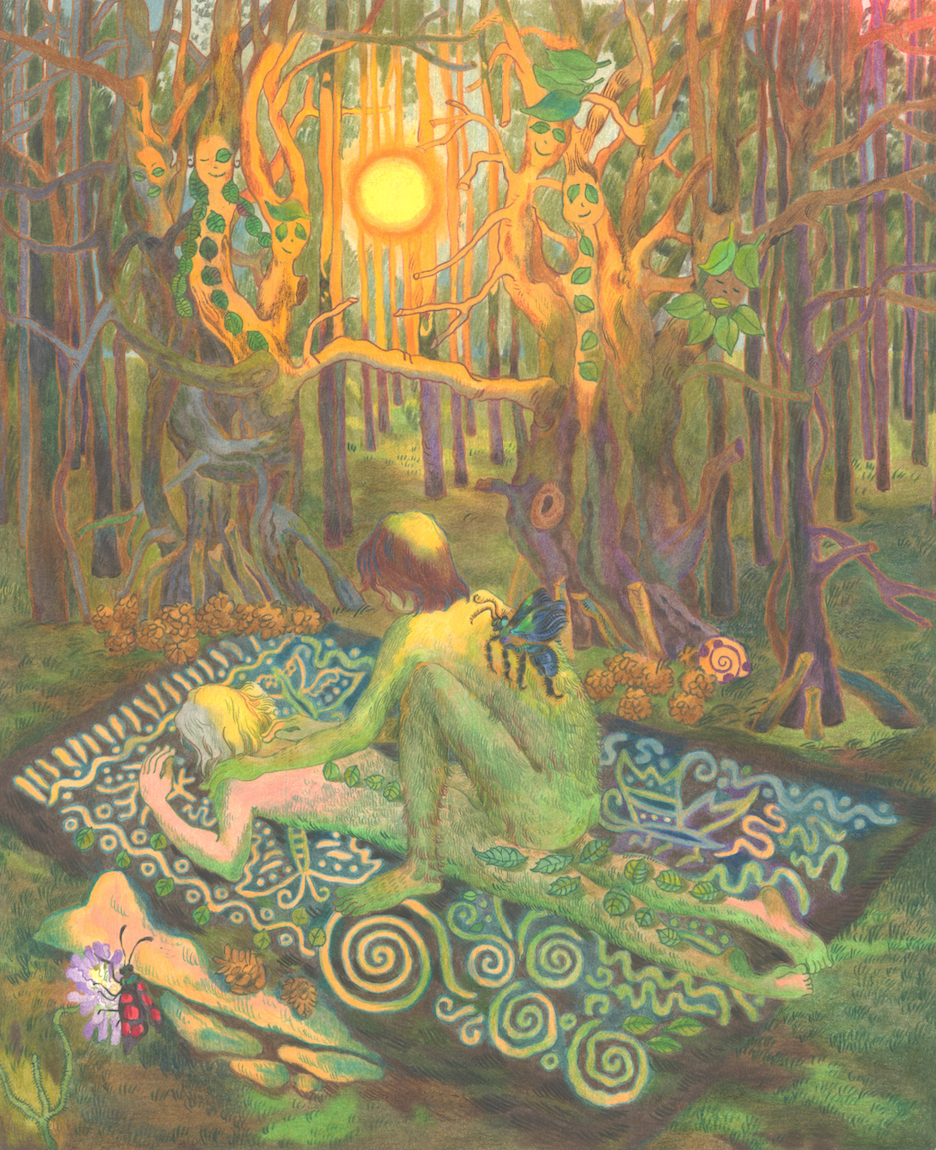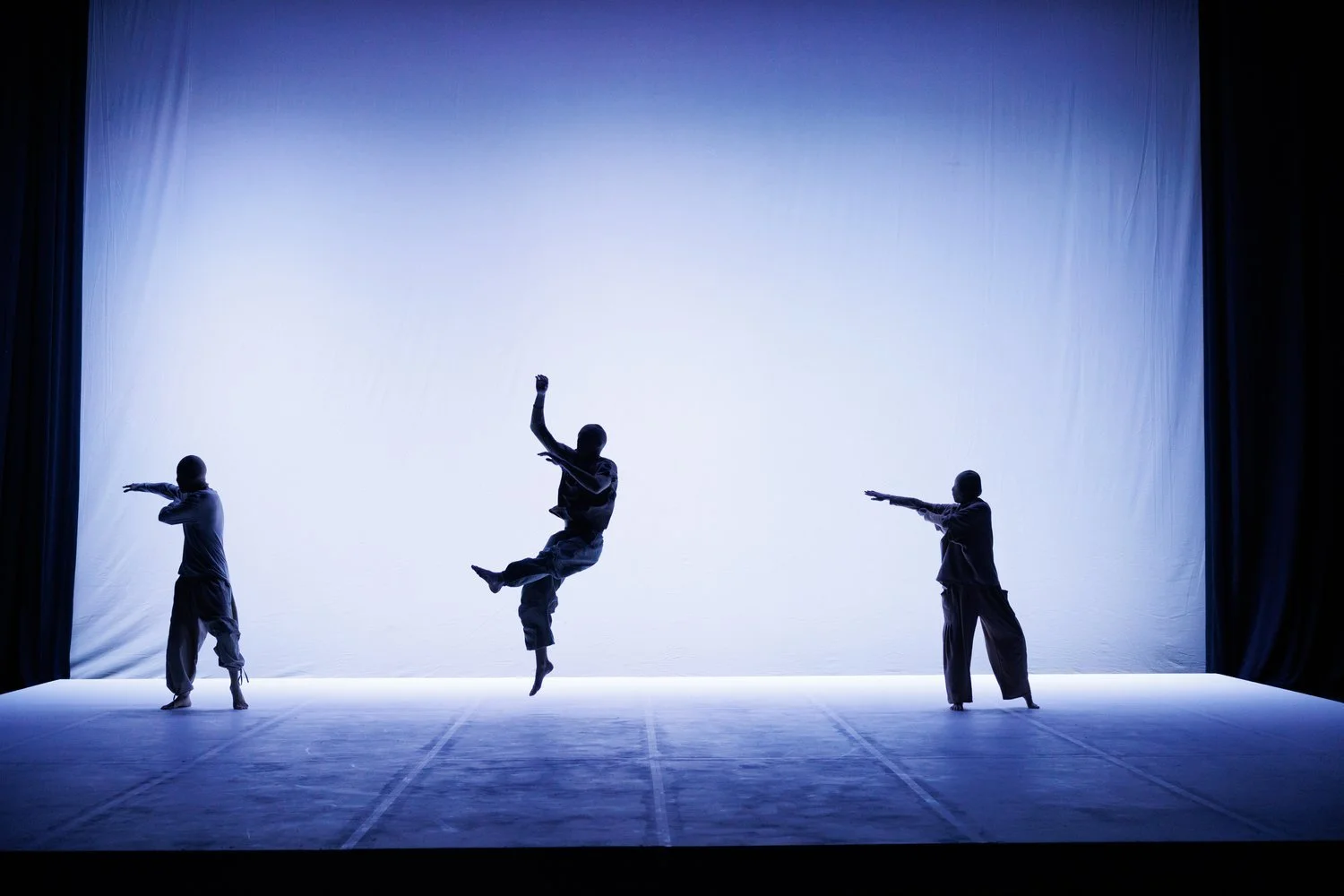10 Questions with Tokie Wang
Al-Tiba9 Art Magazine ISSUE14 | Featured Artist
Tokie Wang is a Chinese choreographer, dancer, and visual artist currently based in Los Angeles. She received her Choreography MFA degree from the California Institute of the Arts with a minor in Integrated Media. She has participated in various programs and residencies, including the Playdate residency at Blue13 Dance Company, IndyFringe, OBOC counter technique in 2022 at Gibney in NYC, the Summer Intensive at Trinity Laban Conservatoire of Music & Dance in London, Balanced Body Pilates teacher training at Bodyline in L.A., and the First Light winter intensive at Corbie & Rabbit Art Center in China.
Tokie Wang frequently works as a choreographer/dancer in the commercial field with companies/brands in the U.S. and China, such as LOOKwhat StudioTM, Flower Knows Cosmetics, Hong Kong NetEase Interactive Entertainment Limited, FAENZA, Calvin Klein, Xigua Video, VJU, and Luset. She has collaborated with Holley Farmer, Rosanna Taveraz, Ruta Butkus, JVNA, Denzel Curry, Mike Dimes, Meiyun Lai (Chinese singer), Kiki Xu (Chinese singer), and Yunxi Luo (Chinese actor).
Tokie Wang - Portrait
ARTIST STATEMENT
When Tokie was five years old, she was always motivated to read her mom's fashion magazines. Like almost every naughty kid, she always cut up pages randomly without her mom's permission and then glued everything from somewhere else. After decades, she found out it is called a collage. Her dance becomes a glue that puts everything surrounding her on the same paper. She is passionate about collecting the "beauty" she has noticed in her daily life, and dance is functioning as her artistic method, which she calls "gluing." She is also combining visual art and technology to create an expanded environment for her work.
She is specifically interested in layering up different kinds of videography, not only in a two-dimensional space but also in the physical world. Her choreography has led her down pathways of exploration, imagination, research, redefinition, and playfulness, like a children's game. Gradually discovering and forming expressions of dance within the process of making, she has started to understand her body, her thoughts, and how she wants to present the world around her. Our world of rapidly developing technology has made making superficial connections easier and faster. However, for her, what happens in the dance world is all real.
Backstage photo © Tokie Wang
RECORDING IN PROCESS | Project Statement
"RECORDING IN PROCESS" is a thought-provoking art piece that delves into the impact of surveillance systems on our daily lives. It incorporates projections, furniture, and human bodies to explore these themes. As an artist, I, like many others, have personally experienced both being monitored through surveillance and observing others through social media. My goal has always been to bring these crucial questions to the forefront of the audience's minds.
The project aims to recreate a "living space" by discreetly placing multiple hidden cameras to record performers while simultaneously live-streaming the recordings within the same space. This pre-set condition aims to offer the audience and performers a chance to experience the dynamics of privacy and publicity in a unique manner. The underlying intention is to prompt the audience to reflect on their own behavior and potential voyeuristic tendencies. Will this setup make the audience realize that they, too, can unwittingly act as stalkers? Furthermore, will it induce discomfort in both the audience and the performers? If so, where does this discomfort stem from?
Recording in Process, performance, 1hr 30min, 2022 © Tokie Wang
Limited edition magazine >>
INTERVIEW
Please, introduce yourself to our readers. Who is Tokie Wang, and how did you become the artist you are today?
Hi, I am Jiayin Wang (Tokie). I was born and raised in Hangzhou, China, renowned as a hub for performing arts and culture, especially in the fields of dance and music. Currently based in Los Angeles, I am actively working as a choreographer, dancer, and visual artist.
Dance, fashion, and art were ingrained in my blood from the start. Both my parents were former dancers – my dad was an award-winning B-Boy, and my mom was a classical Chinese dancer. After they retired from their dance careers, they began to run a clothing store, exposing me to various styles and trends, igniting my passion for creative expression. When I was a toddler, customers would find me grooving to 2000s disco songs with a smile on my face. My parents noticed my love for dance and enrolled me in training programs, with Chinese dance forms becoming the foundation of my career. Immersed in this artistic environment and with their unwavering support, I explored other art forms, such as design and visual art. That's how I became a multidisciplinary artist today.
Do you remember when you first realized you wanted to be an artist? What inspired you to pursue this career?
Reflecting on my journey as an artist, I can't help but be amazed by how dance and collaging art naturally intertwined in my life. Back in the day, I was totally hooked on my mom's fashion magazines. I loved reading them and being a bit mischievous; I would cut up pages from those magazines without her knowing and glue them together on different surfaces. It's wild to think that this cool way of expressing myself is called "collage"!
Around that same time, I started busting out dance moves like it was nobody's business. I didn't really know what I was doing, but it brought me so much happiness. As the years passed, both my passion for dance and collaging just kept growing, and something magical happened - they fed off each other.
Dance became this incredible way for me to merge everything around me with my own emotions, creating this beautiful tapestry of expression. It was like I became a living, breathing collage, with all my life experiences and feelings on display for anyone who cared to see.
It wasn't some big "aha" moment that made me realize I wanted to be an artist. It was more like this gradual realization that dance and collaging had become such an essential part of who I was. They evolved side by side and created this unique artistic path for me. It just feels right, like my calling in life is to be an artist, appreciating the beauty of creativity in all its forms.
Recording in Process, performance, 1hr 30min, 2022 © Tokie Wang
Recording in Process, performance, 1hr 30min, 2022 © Tokie Wang
You were born and raised in China but currently live in Los Angeles. What inspired you to make such a move? And why did you choose Los Angeles specifically?
The motivation behind my move from China to Los Angeles was deeply rooted in my passion for dance and the desire to discover my authentic artistic self. While the Chinese dance system provided a solid foundation for my career, I felt confined by its rigid techniques and predetermined standards of beauty. I wanted the freedom to unleash my creativity and break away from these constraints.
Fortunately, an opportunity arose during my college years when I had the privilege to train with Western guest artists. Their contemporary dance classes, particularly contact improvisation, introduced me to fresh methodologies that departed from the strict traditions of Chinese dance. These experiences not only fostered a greater sense of independence in my dance approach but also a profound appreciation for my body's unique abilities and limitations.
To embark on a true voyage of artistic self-discovery, I knew I needed to venture beyond my familiar surroundings and explore new horizons. So I made the bold decision to seek opportunities abroad in vibrant dance and artistic hubs like the UK and the US. Among these choices, Los Angeles, with its dynamic dance scene, creative energy, and thriving arts community, beckoned to me irresistibly. It offered the ideal platform to continue my artistic exploration, collaborate with like-minded individuals, and flourish as an artist. Embracing the city's openness to artistic experimentation, I found the freedom to express myself fully and create without limitations.
You have already worked and participated in projects internationally, between East Asia, North America, and Europe. What is your aim as an artist today?
My aim as an artist today is to create a mirror-looking collage of my narratives and the world encompassing me. I strive to discover motivation in my environment and transform these elements into new forms of expression to share with others. Through my work, I hope people can see reflections of themselves, connecting with the emotions and experiences conveyed in the art. Even if my audience doesn't directly find themselves in my work, it brings me pleasure to know that they are spending their time engaging with it. My ultimate goal is to evoke emotions, inspire contemplation, and foster meaningful bonds between the art and its observers.
Recording in Process, performance, 1hr 30min, 2022 © Tokie Wang
As you mention in your statement, you conceive your practice as a collage and use dance as the glue that keeps different elements together. How much of your personal experience is reflected in your work? And what are the main elements or sources of inspiration you mix in your choreographies and installations?
In my work as an artist, transforming personal experiences into art has become a superpower for me, and I consider it a privilege. I find that nearly every project I embark on is influenced by elements from my own life. However, it's essential for me not to create pieces solely centered around myself. Therefore, I intentionally blur the lines of privacy and open myself up to incorporate other voices and perspectives in my creative process. This way, my art becomes a more inclusive and meaningful reflection of the world around me.
My main source of inspiration comes from my passion for collecting the "beauty" I encounter in my daily life and expressing it through different kinds of artistic mediums. This "beauty" isn't limited to conventional notions of attractiveness; it's about capturing the essence of meaningful moments and elements that resonate with me.
For instance, a photograph I took of an abandoned toy on the street might spark a profound emotion that I wish to convey through dance. Similarly, a detailed illustration of a shell from a science book could trigger a nostalgic memory, inspiring me to create a visual art piece and incorporate it into a dance.
And the weird feeling of presenting myself and my personal space through a Zoom meeting during the pandemic, at the same time as the window that Zoom has placed everyone's box aligning to each other, inspired me to make a stage piece to elevate the idea of being lonely together. The virtual connection, though distant, brought an unexpected sense of togetherness, highlighting the shared experience of isolation and the universal longing for human connection. I named it "Somewhere, Elsewhere, Nowhere"; it was the starting point of "Recording In Process."
You work both as a choreographer and performer, as well as with installations. How do you choose which medium is more suitable for a certain project or concept?
My approach to choosing the appropriate medium for a specific project or concept is a careful and dynamic process. I begin by researching and writing down "what I know," "what I don't know," and the role of the audience in the project. This exploration helps me grasp the core essence of the idea and how it can be effectively expressed.
Based on this analysis, two methods often emerge. For some projects, I lean towards a dance/movement-heavy approach, where the physicality and expressive power of body language become the primary means of conveying emotions and ideas. On the other hand, for different projects, a set-heavy approach feels more appropriate, with installations and immersive environments taking center stage. This allows me to create a multi-sensory experience that resonates with the underlying theme and explores the interplay between visual elements, interactive components, and audience engagement.
In some cases, as I revisit certain projects, I might experiment with altering the scale of dance and set elements, making a set-heavy piece more dance-heavy, or vice versa, to see how these changes impact the overall theme and artistic expression. Ultimately, my goal is to find the most suitable medium that effectively brings the concept to life and engages the audience in a meaningful way.
Recording in Process, performance, 1hr 30min, 2022 © Tokie Wang
Recording in Process, performance, 1hr 30min, 2022 © Tokie Wang
Speaking of projects, let's talk about "Recording in Process." How did you develop this concept? And what messages do you want to convey to the public?
"Recording in Process" was developed through a process of introspection and experimentation. It all started with a personal experience involving a pet camera, which made me realize how being watched changed my behavior and turned my life into a performance, even without an audience. This experience sparked my curiosity about surveillance in society, particularly how people seemed to ignore the presence of CCTV cameras. I wondered if accepting constant surveillance as a norm affected our daily lives and interactions.
To explore these questions, I decided to create a living space designed specifically for the project. Multiple hidden cameras were strategically placed throughout the space, constantly recording my actions. The footage was live-streamed, challenging the audience to become potential observers and contemplate their role in surveillance.
Throughout the process of creating "Recording in Process," as both the choreographer and one of the dancers, I was committed to respecting my fellow dancers' routines and individual habits, ensuring that the project did not impose on their personal lives. I also aimed to magnify and exaggerate my own experiences, willingly taking the risk of exposing my daily life to scrutiny and vulnerability. Learning from my previous work, "Somewhere, Elsewhere, Nowhere," I incorporated elements of introspection and meditation into the rehearsals for "Recording in Process." Just as I had encouraged the dancers in "Somewhere, Elsewhere, Nowhere" to recall memories of their most valuable places, I utilized similar techniques to evoke authentic emotions and personal experiences during the performance of "Recording in Process."
By blending personal introspection with experimental artistry, "Recording in Process" sought to convey a message about the impact of surveillance on behavior and the acceptance of social surveillance in our lives. Through this immersive exploration, I aimed to challenge both myself as the performer and the audience to confront the discomfort of being observed and to question the boundaries between performers and observers in the digital age.
Is there any other medium or theme you would like to incorporate into your practice?
Besides dance and choreography, I also make works as a digital collage artist. I love collecting elements from old magazines and making films out of my collection. Watching still elements moving on the screen and redefining themselves always entertains me. It makes me ask myself – what truly is dance? Are people the only ones capable of dancing? Or can inanimate objects, often thought of as soulless, dance to their tunes as well?
Building upon my fascination with dance and inanimate objects, one theme I would like to explore further in my practice is the concept of "inanimate dance." I want to delve deeper into the idea of bringing life and movement to non-living elements through digital art. By animating these objects in my collages, I aim to challenge the conventional perception of dance as solely a human endeavor and explore the idea that everything, even seemingly lifeless things, has its own rhythm and energy.
As I develop my practice in this direction, I also wish to incorporate more technology-driven approaches. For instance, I might explore using interactive elements that allow viewers to influence or alter the movements of these inanimate objects in real time. This way, the audience becomes an active participant in the dance, blurring the lines between creator, performer, and observer.
Because You're Worth It © Tokie Wang
Because You're Worth It © Tokie Wang
Let's talk about your future projects; what are you working on now? Do you have any upcoming shows or publications?
I'm currently working on my next project, a proscenium theater adaptation of "Because You're Worth It." The new version will be showcased at IndyFringe, a theater festival in Indiana, at the end of summer. Unlike the original immersive experience in the transformed shopping mall, Fairyland, we're now moving the entire mall setting to provide an even more captivating experience for the audience.
The production's core concept remains focused on exploring consumerism and reimagining stories like Cinderella, The Emperor's New Clothes, and Narcissus from a contemporary female perspective. However, this time, the presentation will suit the proscenium theater style while still incorporating elements for audience engagement with different characters and storylines.
In addition, I'm also considering developing the immersive theater aspect further and exploring the possibility of taking the project to different venues. This could include bringing the show to other theaters or unconventional spaces, and continuing to offer a unique and engaging experience to audiences. Moving forward, I am also excited about the potential to adapt the production into a VR project.
And lastly, where do you see yourself and your art five years from now?
Looking ahead about five years from now, I see myself right in the mix of things in the East Asian art scene, especially in the film and theater sector. As someone with a Chinese background, it's pretty clear that there's a gap when it comes to getting our work out there. Instead of just waiting around for opportunities, I've been thinking – why not create those chances ourselves?
I've been toying with this idea of building a platform for East Asian artists. This space won't just be about showcasing talents but also about brewing collaborations and connections that light up the industry. Through this platform, I aim to foster an environment where East Asian artists can thrive, where their voices are heard, and their unique perspectives are celebrated. I believe that by working together and supporting one another, we can overcome the barriers that hinder our growth.
Now, my own art journey in the next five years – it's definitely going to be shaped by the folks around me. But one thing's for sure: I'm sticking to my love for theater and film. There's something about diving deep into immersive experiences that just clicks with me. It's like crafting a world that people can step into and be part of. You know, those stories that don't just unfold in front of you but wrap you up in a whole new world.
Artist’s Talk
Al-Tiba9 Interviews is a promotional platform for artists to articulate their vision and engage them with our diverse readership through a published art dialogue. The artists are interviewed by Mohamed Benhadj, the founder & curator of Al-Tiba9, to highlight their artistic careers and introduce them to the international contemporary art scene across our vast network of museums, galleries, art professionals, art dealers, collectors, and art lovers across the globe.

